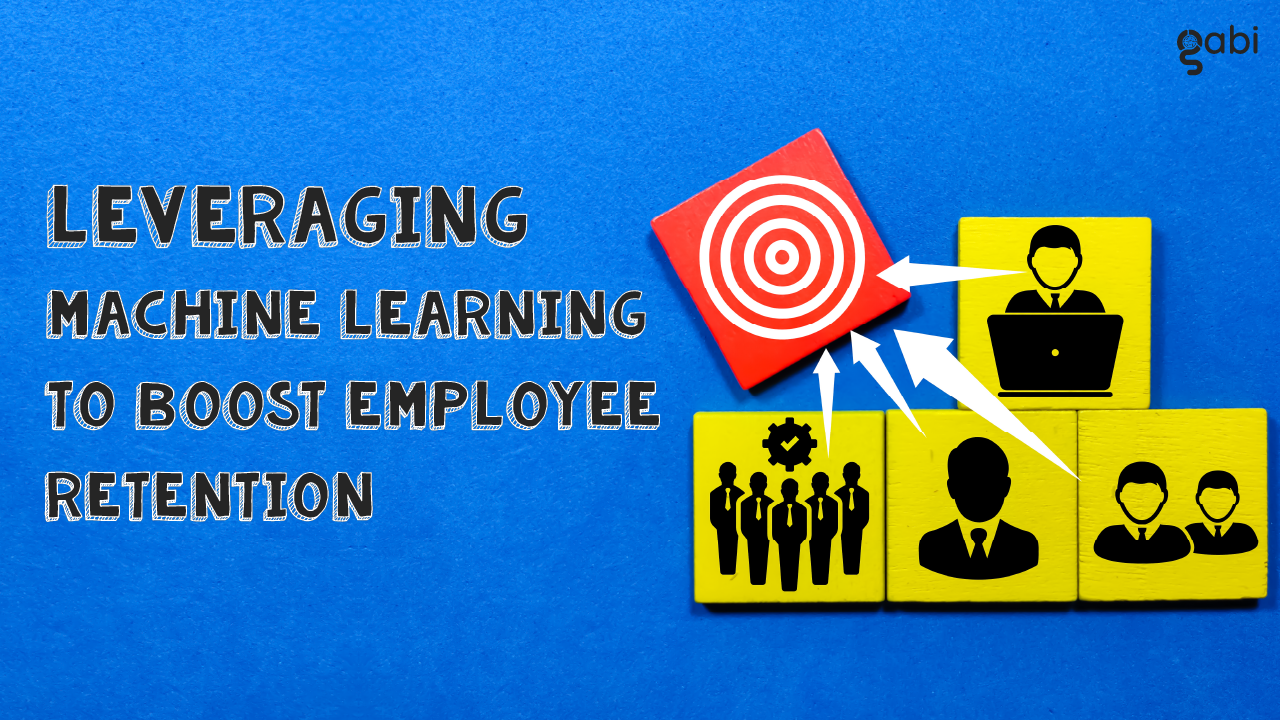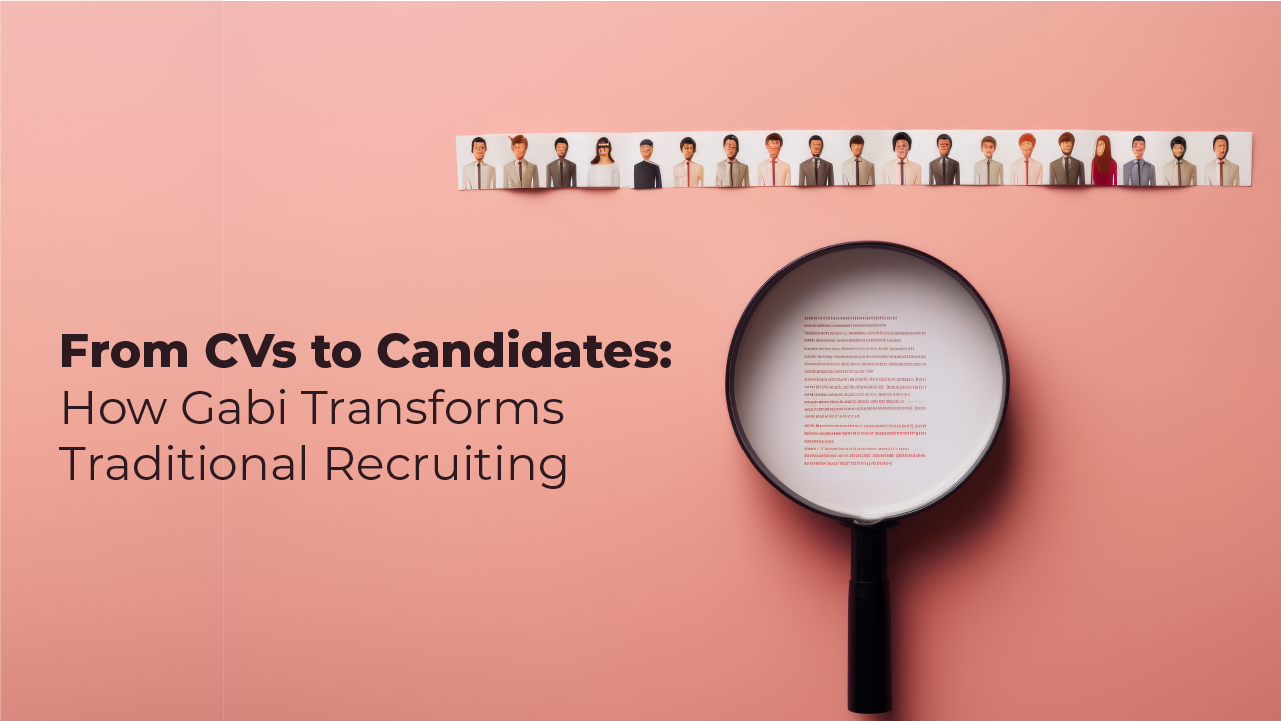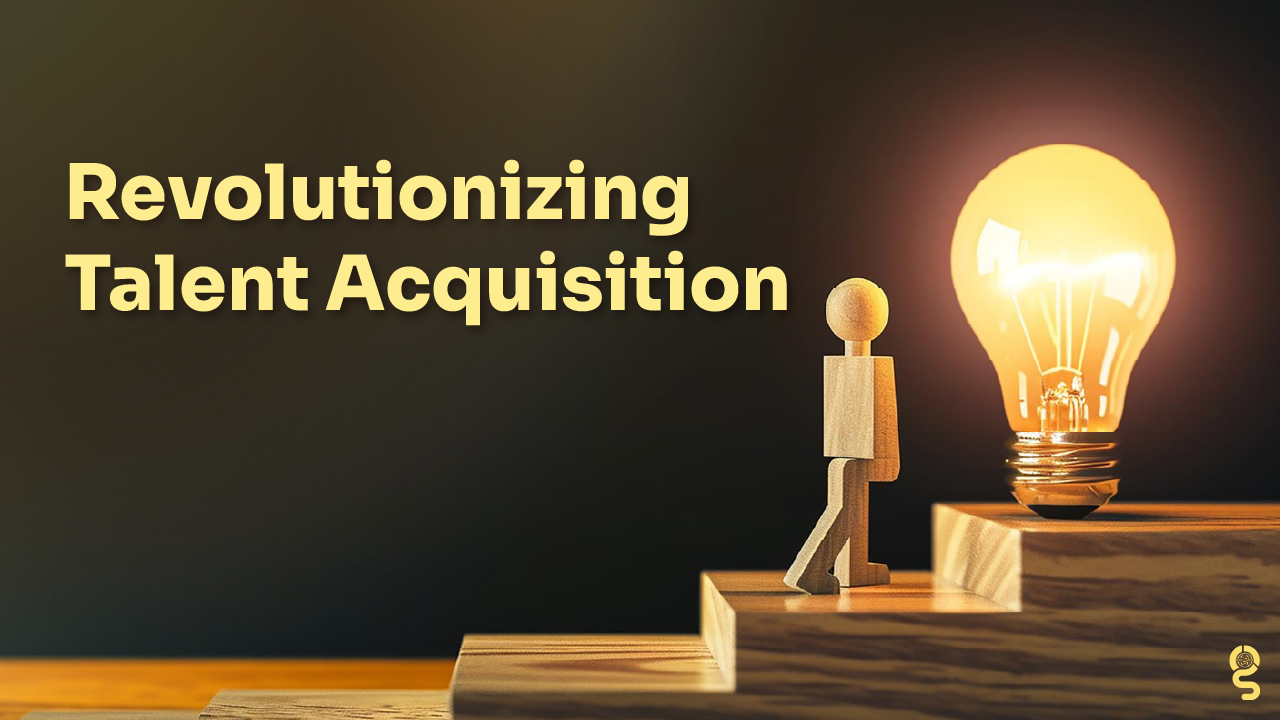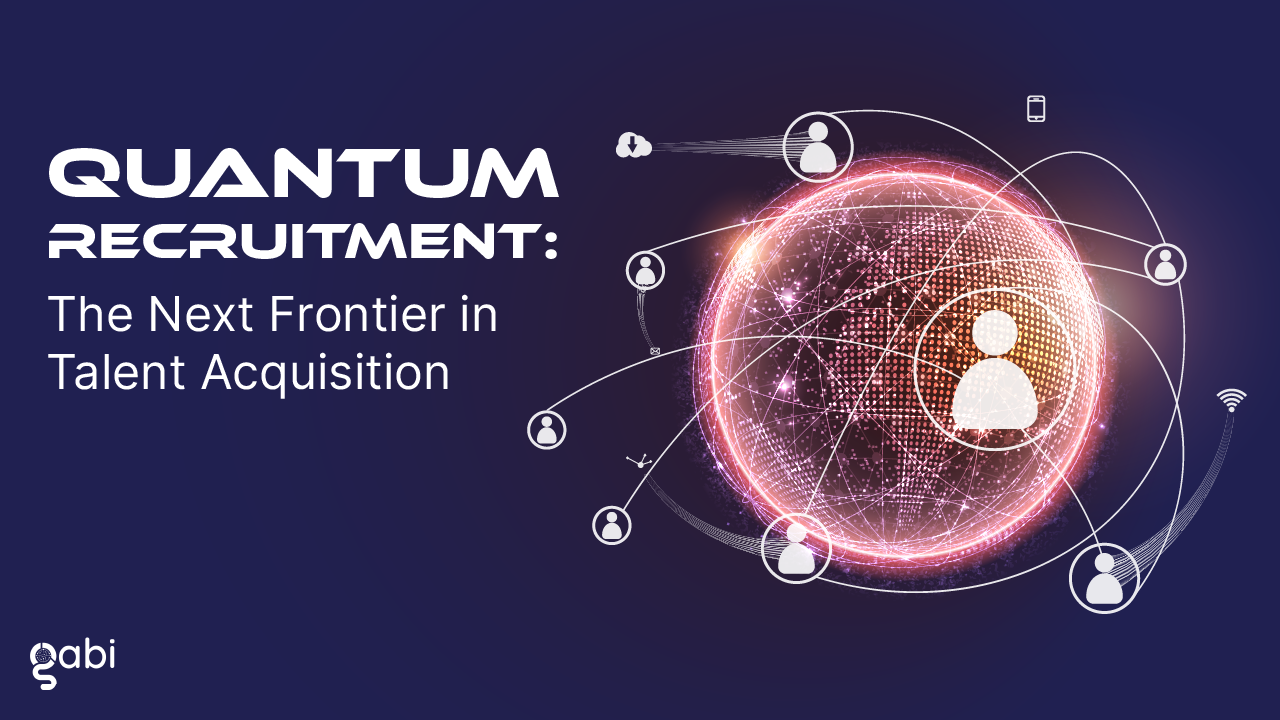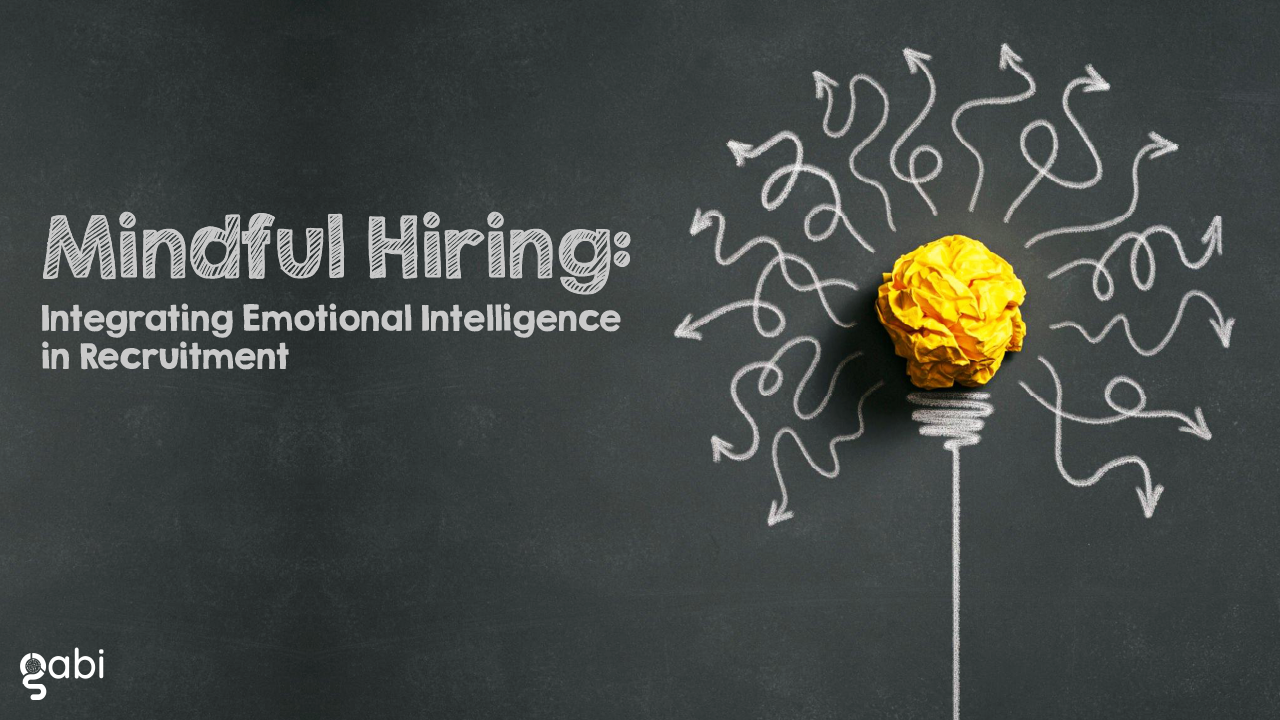Retaining employees is a crucial focus for organizations striving to cultivate a secure and high-achieving workforce.
In recent years, the integration of machine learning and predictive analytics into Human Resources (HR) practices has emerged as a game-changer, offering insights into employee behavior and the likelihood of their retention.
This article explores the significance of understanding employee retention, the role of machine learning in predicting it, and how predictive analytics can elevate employee retention strategies.
Understanding Employee Retention: Why It Matters
Employee retention goes beyond merely keeping staff on board; it directly impacts the success of an organization. High turnover rates, on the other hand, can be detrimental, affecting morale, productivity, and the overall work environment.
In the pursuit of staying ahead in the competitive landscape, it’s paramount for companies to grasp the elements that influence employee satisfaction and retention.
Why Does Employee Retention Matter?
- Healthy Work-Life Balance: Achieving a healthy work-life balance is often cited as a crucial factor in job satisfaction. Employee job satisfaction is crucial as it can help balance their professional and personal lives. That way, they are more likely to stay with an organization and not become a departing employee.
- Boosting Employee Retention: Factors such as job satisfaction, a positive work environment, and opportunities for professional development contribute significantly to retaining employees. Identifying and tackling these elements can significantly enhance your ability to retain employees.
- Data-Driven HR Decisions: To boost employee retention, organizations need to move beyond traditional approaches and embrace data-driven decision-making. This involves leveraging insights from employee data to identify patterns and trends related to retention.
- Employees Decide, Not Organizations: In today’s dynamic job market, employees often hold the power to decide their professional paths. A strong focus on employee retention and satisfaction is essential for organizations to attract and retain top talent.
The Role of Machine Learning in Predicting Employee Retention
Machine learning (ML) has revolutionized various industries, and HR is no exception.
Through the analysis of extensive employee data, ML algorithms can uncover patterns and correlations that may prove challenging for human analysts to detect.
In the context of employee retention, machine learning models can predict the likelihood of an employee leaving based on historical data and various contributing factors.
Reducing Employee Turnover with AI
- Predictive Models: ML predictive models can analyze historical data to identify factors contributing to employee turnover and therefore increase employee retention. These models consider variables such as job satisfaction, work-life balance, and career growth opportunities to predict the likelihood of an employee leaving.
- Employee Retention Strategies: Armed with insights from ML models, HR professionals can proactively implement targeted employee retention strategies. For example, if the data indicates that a lack of professional development opportunities is a common reason for leaving, the organization can focus on enhancing training and career growth programs.
- Identifying Flight Risks: ML algorithms can identify potential “flight risks” – employees who show signs of disengagement or dissatisfaction. Early identification allows organizations to intervene with tailored retention efforts before employees leave.
How Predictive Analytics Can Improve Employee Retention Strategies
Predictive analytics takes machine learning a step further by using statistical algorithms and machine learning techniques to analyze current and historical data, providing actionable insights for the future.
In the realm of HR, predictive analytics improves the organization’s ability to develop effective employee retention strategies.
Components of Predictive Analytics in HR
- Employee Engagement: Predictive analytics can assess the level of employee engagement by analyzing factors such as participation in company initiatives, response to surveys, and interaction with leadership.
- Company Culture and Values: By evaluating data related to employee sentiments and feedback, predictive analytics can gauge the alignment of employees with the organization’s culture and values.
- Competitive Pay and Benefits: Analyzing compensation data and benchmarking against industry standards can help organizations ensure that their pay and benefits packages remain competitive, addressing a key factor in employee satisfaction and retention.
- Improving Employee Retention Programs: Predictive analytics can optimize employee retention programs by identifying the most effective initiatives and refining strategies based on ongoing data analysis.
Conclusion
In conclusion, leveraging machine learning and predictive analytics in HR practices offers a strategic approach to understanding and addressing employee retention.
Step into the future of recruitment with GABI Labs, your powerhouse for efficient and advanced hiring solutions – in 2021. Powered by supercharged cloud-based AI, GABI ensures rapid, precise, and top-notch recruitment outcomes.
Say goodbye to time-wasting processes as GABI seamlessly reviews applications, automates crucial communications, and constructs dynamic talent pools. Try GABI now!

